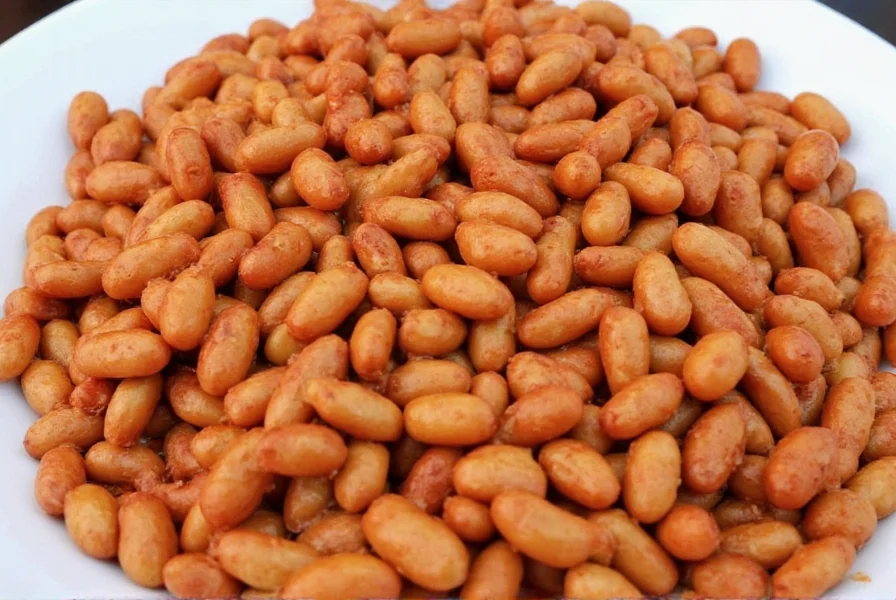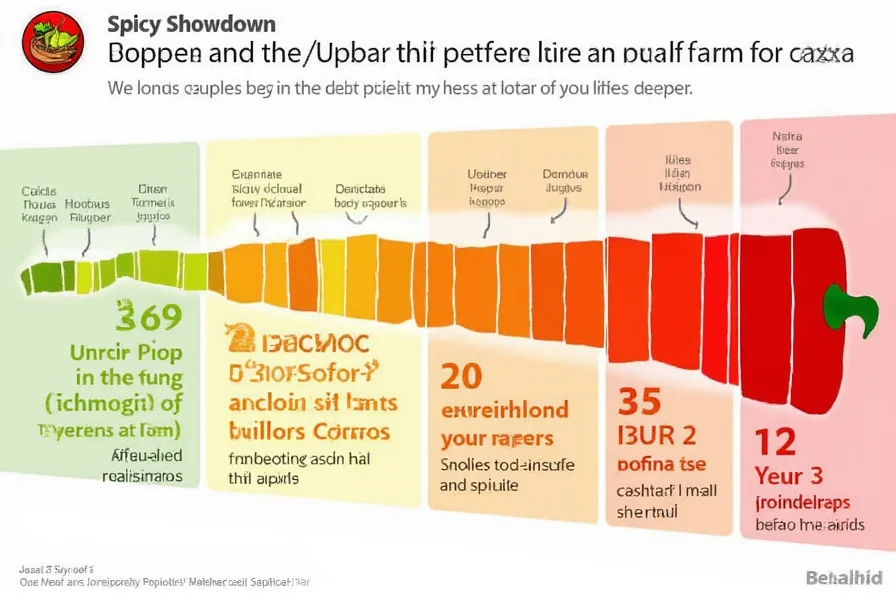Spice Up Your Pizza: A Guide to the Ultimate Pizza Beans Recipe
Table of Contents
Introduction to Pizza Beans
Pizza beans, also known as pinto beans or kidney beans, are a staple in many cuisines around the world. But when it comes to pizza, they bring a unique texture and flavor that can elevate your pie to new heights. Whether you're a seasoned chef or a casual foodie, adding a touch of spice to your pizza beans can create a dish that's both comforting and exciting.

Spice Basics for Pizza Enthusiasts
If you're new to the world of spices, here's a quick crash course on how they can transform your pizza beans recipe:
- Cumin: Adds a warm, earthy flavor that pairs well with beans and cheese.
- Oregano: A classic Italian herb that brings a bold, slightly bitter taste.
- Paprika: Offers a smoky or sweet note depending on the type used.
- Garlic Powder: Enhances the savory profile of your beans without overpowering them.
- Cayenne Pepper: For those who like a little heat, this adds a spicy kick.

The Ultimate Pizza Beans Recipe
Now that you understand the basics, let's dive into the actual pizza beans recipe. This version is simple, flavorful, and perfect for any occasion:
Ingredients:
- 1 cup cooked pinto beans (or canned, drained and rinsed)
- 2 tablespoons olive oil
- 1 teaspoon cumin
- 1 teaspoon oregano
- 1/2 teaspoon garlic powder
- Salt and pepper to taste
- Optional: 1/4 teaspoon cayenne pepper for heat
Instructions:
- In a small bowl, mix together the olive oil, cumin, oregano, garlic powder, salt, pepper, and cayenne (if using).
- Add the cooked beans to the bowl and stir until they’re evenly coated with the spice mixture.
- Transfer the beans to a baking sheet and spread them out in a single layer.
- Bake at 350°F (175°C) for about 15–20 minutes, stirring once halfway through, until the beans are slightly crispy and golden.
- Once done, let them cool slightly before serving.

Buying Guide for Spices and Ingredients
Choosing the right spices and ingredients can make all the difference in your pizza beans recipe. Here’s a quick guide to help you pick the best options:
Spices:
| Spice | Best For | Recommended Brands |
|---|---|---|
| Cumin | Adding depth to bean dishes | Kraft, McCormick |
| Oregano | Classic Italian flavor | Dominio de Las Américas, Savori |
| Paprika | Smoky or sweet notes | La Vida, Simply Organic |
| Garlic Powder | Savory enhancement | McCormick, Lawry’s |
| Cayenne Pepper | Spicy kick | McKenzie, Red Gold |
Beans:
When choosing beans, look for high-quality, organic options that are free from added sodium and preservatives. Canned beans are convenient, but if you have time, cooking dried beans can give you more control over flavor and texture.

Pro Tips for Perfecting Your Pizza Beans
Here are some practical tips to take your pizza beans recipe to the next level:
- Toast the spices: Before mixing them with the beans, toast them in a dry pan to release their oils and enhance their aroma.
- Use fresh herbs: If possible, add a handful of chopped fresh oregano or cilantro for an extra burst of flavor.
- Experiment with textures: Try mixing in some crumbled feta or goat cheese for a creamy contrast to the crispy beans.
- Pair with other toppings: These beans go great with grilled vegetables, jalapeños, or even a drizzle of hot sauce.

Conclusion
Whether you're a seasoned cook or just starting out, the pizza beans recipe is a fun and flavorful way to experiment with spices. By understanding the basics of seasoning and selecting the right ingredients, you can create a dish that's both satisfying and versatile. So grab your favorite beans, get creative with your spices, and enjoy the delicious results!












 浙公网安备
33010002000092号
浙公网安备
33010002000092号 浙B2-20120091-4
浙B2-20120091-4